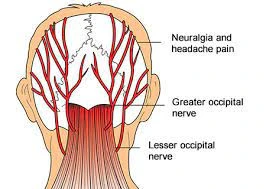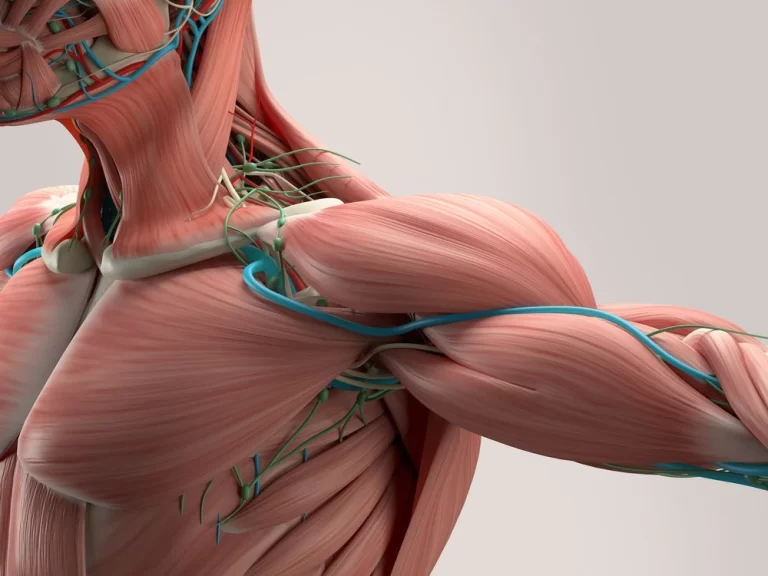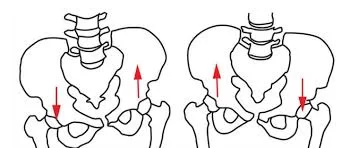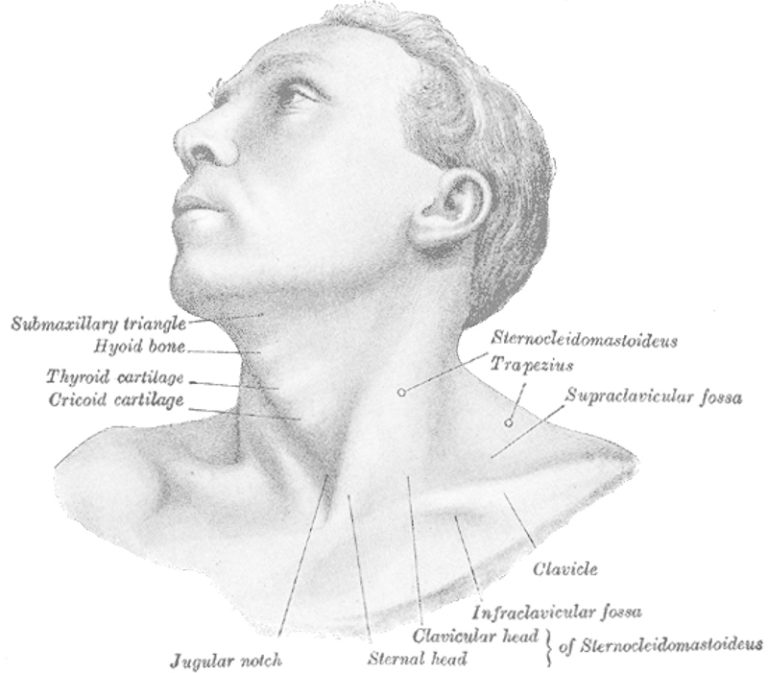Infraspinatus muscle stretching exercise
Infraspinatus stretch is an important exercise to increase the mobility of the shoulder area, has many health benefits as well as decreases the risk of rotator cuff injury. Regular exercise with other shoulder group muscles increases flexibility & the patient can use it as a warm exercise. What is infraspinatus stretching? An infraspinatus is involved…





